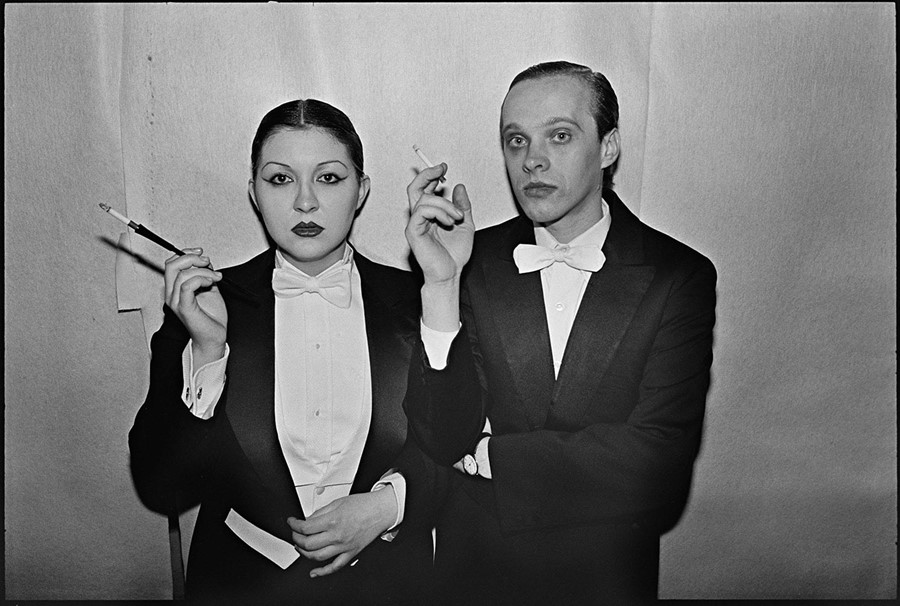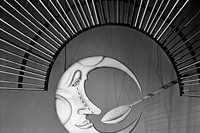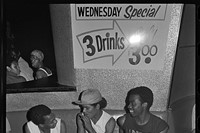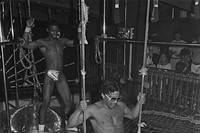“The disco was a perfect place to forget about life and give in to the music." Photographer Bill Bernstein reflects on the glory years of Studio 54 and more in his decadent new tome
“The nightlife scene was unique. There was a cultural upheaval during this time; gay and women's liberation, and the racial equality movement were all in full force,” says photographer Bill Bernstein of 60s and 70s New York. “It was a very difficult time, and people looked to the disco for a break from their daily grind. They went there to party, and they partied very hard and with all their might!” In amongst the crowd, in those heady, decadent days of partying all night long to shake off the blues of urban society, was Bernstein, clutching a camera and avidly recording the glitter-smothered, ever-moving crowds of the nocturnal dancers of New York city. “The disco was a perfect place to forget about life and just give in to the music, the drink, the drugs and the general life of abandon.”
Bernstein’s talent for photography was singled out and scooped up early on; he started out his career at The Village Voice and Elle Magazine, and later went on to spend 15 years as Paul McCartney’s personal photographer. In the 70s, however, Bernstein spent a lot of time at Studio 54, and other discos all over New York, unable to resist the photographic opportunities and wild atmosphere they perpetuated. Now, a book has been published devoted to his photos taken during that time: a weighty black and white tome aptly entitled DISCO. “During the months that I spent shooting the photographs for DISCO I think I saw so much going on that I became immune to strangeness and wildness,” he says. “It all sort of blended together in front of me, and I just kept shooting as much as I could.”
Snapping on Hasselblads, Nikons and Canons, Bernstein would wait with fingers crossed for his films to be processed, to see if his images, taken in the dark, moving nightclubs, had successfully come out. Luckily for us they nearly all did, and through them we are able to step into these raucous, glittering institutions of yesteryear, that sadly died out not long afterwards. Might we ever see that kind of nightlife again? “Certainly,” Bernstein responds, “but the thing that made it all so different was the political element of cultural liberation at that time. It added another important factor to the equation; the mixing of gender identities, cross-dressing, ‘gender-bending’ and plain old straight sex were a pretty common sight. It just didn't phase me after a while!”
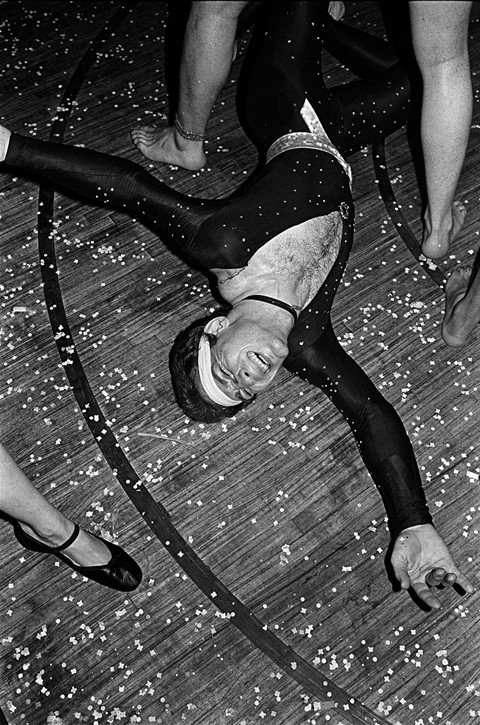
Le Clique #1, 1979
“Le Clique was a roaming disco that popped up in different locations throughout Manhattan. Its creators, Stu and Marlene Feinstein, conjured outrageous parties with acrobats, actors, dancers, special effects and staging.”
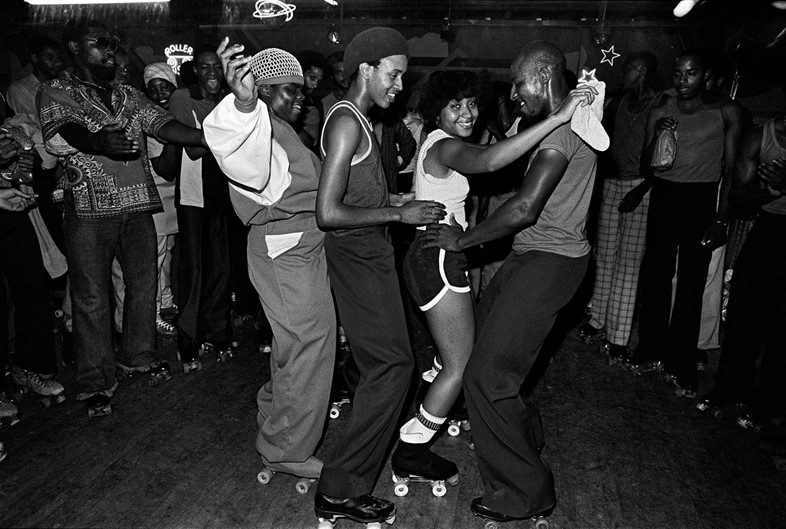
Empire Roller Disco #1, 1979
“The Empire Roller Skating Rink in Crown Heights, Brooklyn opened in 1941 and finally closed its doors in 2007. It converted into a roller disco in the 70s and then the roller rink organ was replaced with a sound system and DJ booth. Empire was usually packed with an African-American crowd but top skaters of all races and creeds also came. It was a great place to shoot, with good vibes all around.”
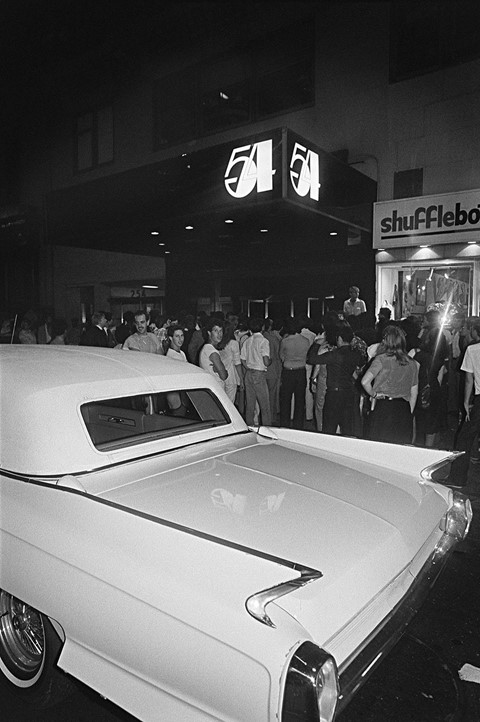
Studio 54 and Cadillac, 1979
“Marc Benecke called the shots outside Studio 54, along with Steve Rubell. This was the scene most nights as people waited for hours, to see if they’d be chosen to enter the grand party. Sometimes pulling up in a Bentley or Cadillac helped, but not always. Nobody was interested in getting into Shufflebottoms, the club next door.”

Studio 54 Moon and Spoon, 1978
“This shot was taken at Studio 54 at closing time one night, I noticed this couple under the famous Moon and Spoon. Romance, in a blitzed-out, Studio 54, kind of way.”
Disco: The Bill Bernstein Photographs is out next week, published by Reel Art Press. The release will coincide with an exhibition at Serena Morton Gallery from December 3 until January 24, 2016.
